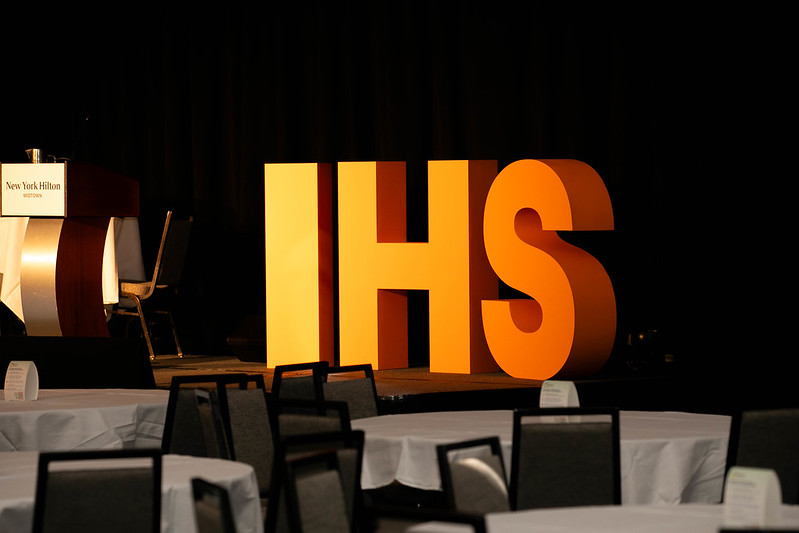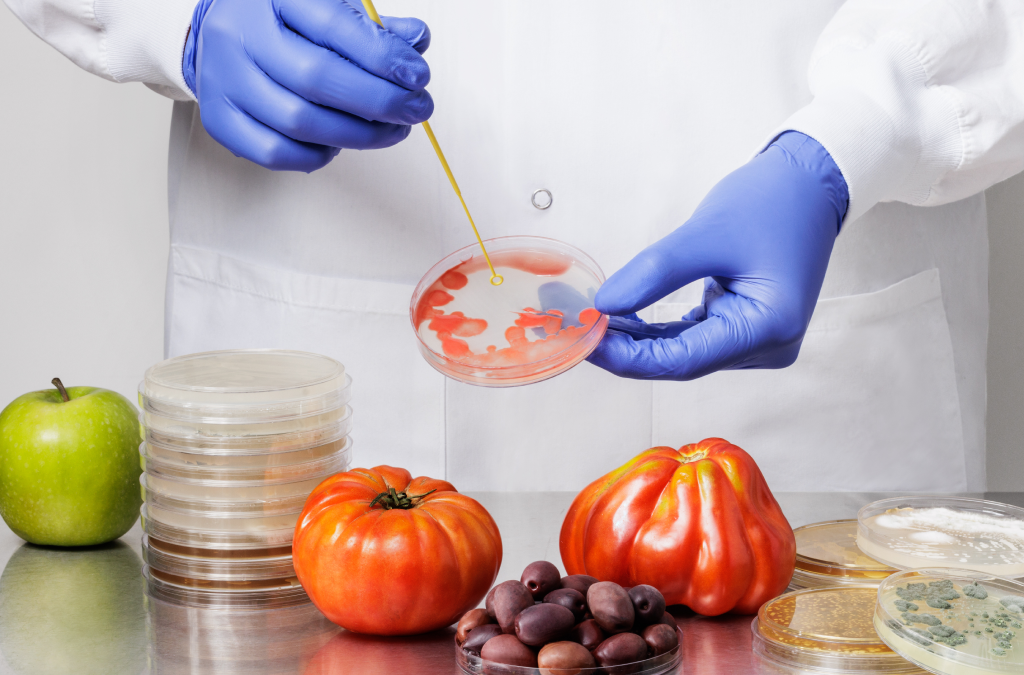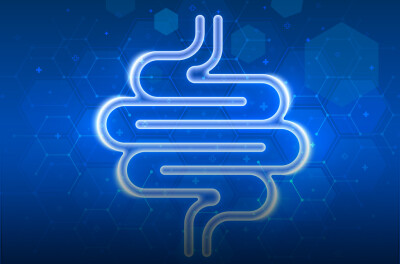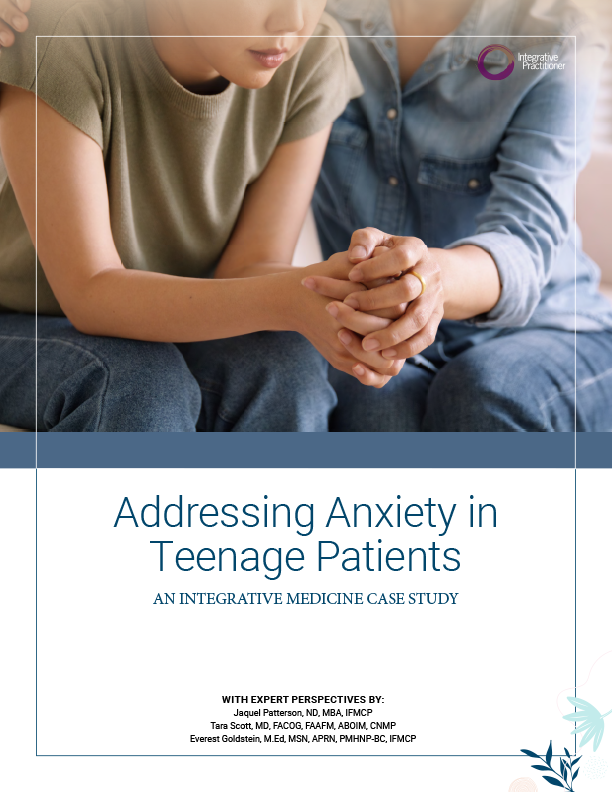Stem cells possible repair for heart attacks, Mayo Clinic finds
Photo Cred: Freepik
By Katherine Shagoury, Katherine Shagoury
The Mayo Clinic in Rochester, Minnesota, has uncovered stem cell-activated mechanisms of healing after a heart attack, according to a new study published in the journal NPJ Regenerative Medicine.
Stem cells restored cardiac muscle back to its condition before the heart attack, in turn providing a blueprint of how stem cells may work, the researchers said.
According to the study, human cardiopoietic cells zero in on damaged proteins to reverse complex changes caused by a heart attack. Cardiopoietic cells are derived from adult stem cell sources of bone marrow.
“The extent of change caused by a heart attack is too great for the heart to repair itself or to prevent further damage from occurring,” said Andre Terzic, MD, PhD, senior author of the study and director of Mayo Clinic’s Center for Regenerative Medicine. “Notably, however, cardiopoietic stem cell therapy reversed, either fully or partially, two-thirds of these disease-induced changes, such that 85 percent of all cellular functional categories affected by disease responded favorably to treatment.”
Heart disease is a leading cause of death in the United States. Every 40 seconds, someone in the U.S. has a heart attack, according to the U.S. Centers for Disease Control and Prevention. During a heart attack, cardiac tissue dies, weakening the heart.
Researchers compared the diseased hearts of mice that did not receive human cardiopoietic stem cell therapy with those that did. Using a data science approach to map all the proteins in the heart muscle, researchers identified 4,000 cardiac proteins, more than 10 percent of which suffered damage by a heart attack.
Cardiopoietic stem cells are being tested in advanced clinical trials in heart patients, Terzic said.
“The current findings will enrich the base of knowledge pertinent to stem cell therapies and may have the potential to guide therapeutic regimens in the future,” he said.
Editor’s note: Photo courtesy of Freepik.
















